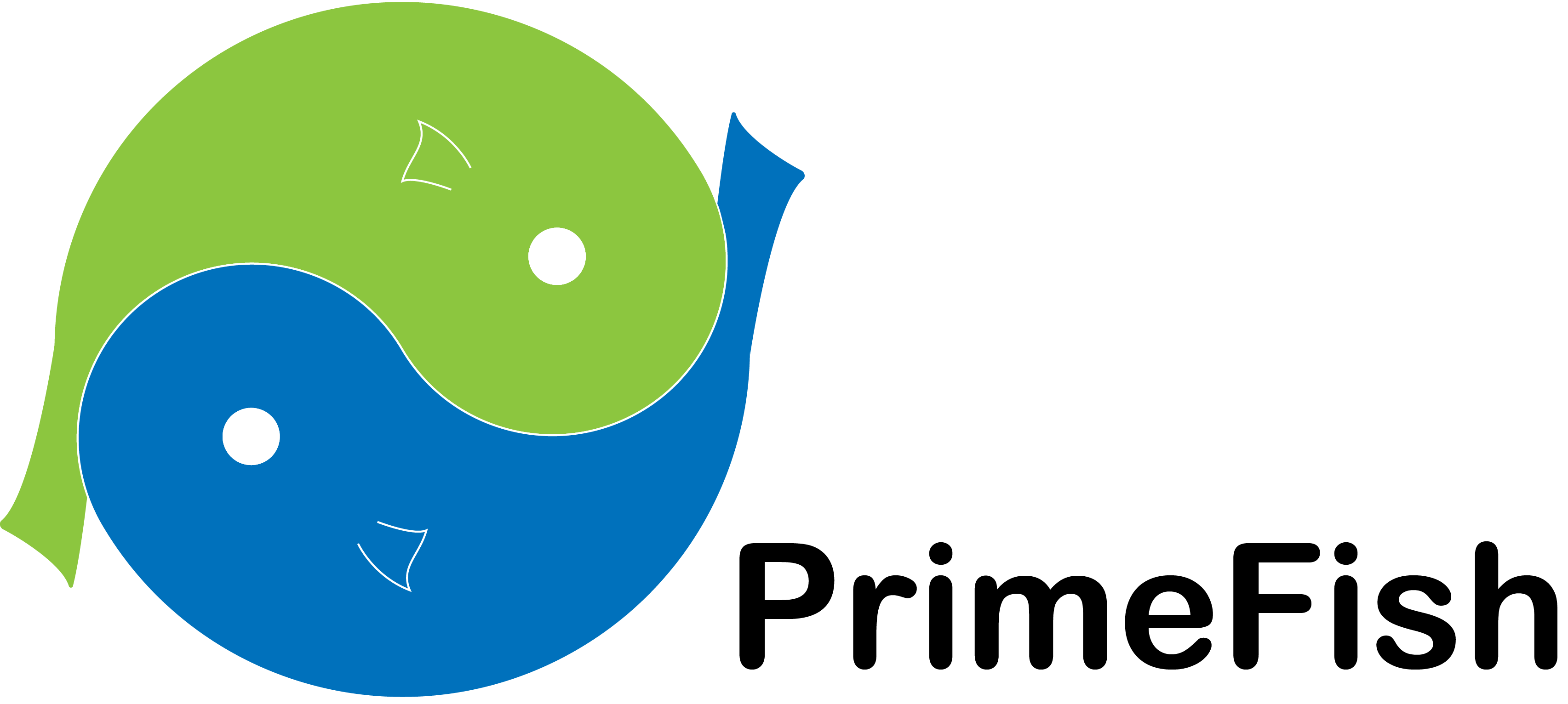Warning message
The subscription service is currently unavailable. Please try again later.This qualitative studies identifies positive and negative motives, perceptions, associations, attitudes towards fish and seafood consumption, with a focus on the chosen species: salmon, trout, seabass, seabream, herring and cod. Eighteen individual in-depth interviews were conducted in five European markets (France, Germany, UK, Italy and Spain) summing up to a total of 90 cases, including heavy and light fish consumers. In each of the five countries, an overall analysis of the 18 interviews was done according to harmonised guidelines, resulting in five separate country reports. These reports are the bases of the work described in this deliverable.
The results of this qualitative study in the five important European markets indicated how different these markets are. Fish knowledge and interest varied between countries, e.g. in regard to origin and production methods. The participants in most of the countries were conscious about negative press, which was most often related to fish farming. Origin of the fish was also expressed as a concern. This did affect the consumption behaviour of the respondents to some degree, but differently between the five countries. Generally, seafood has a positive image based on its nutrient content, being a light food and having a healthy image.
The main barrier for fish consumption in general, was price. In addition, lack of skills to prepare fish was mentioned (and bones). Health and taste were the main drivers for fish consumption, although in some cases, taste can also be a barrier.
 Deliverable 4.2. Qualitative research report
Deliverable 4.2. Qualitative research report
